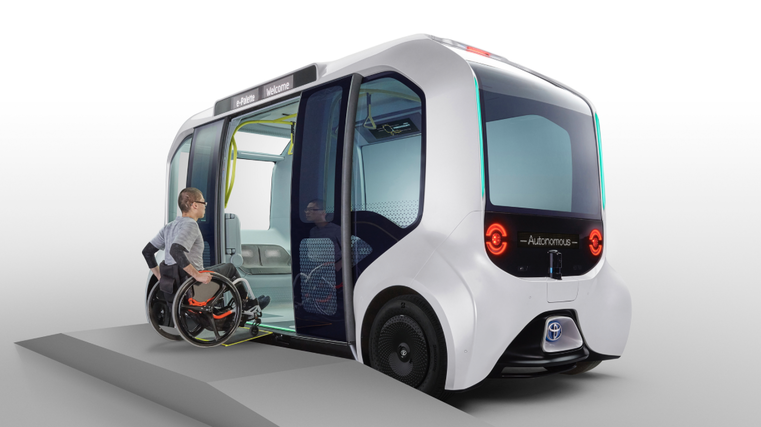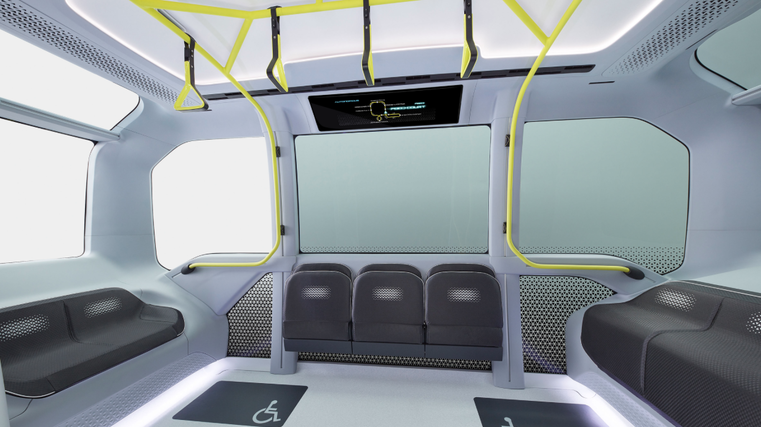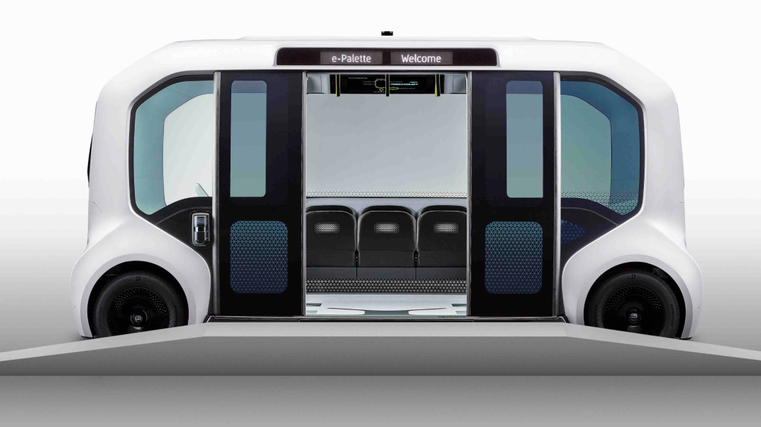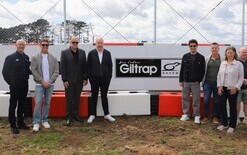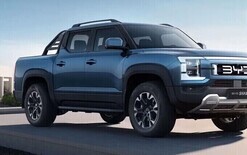Autonomous shuttle for Olympics
Toyota is providing automated and loop-line transport for athletes and staff to use around the villages at next year’s Olympic and Paralympic Games.
It will supply up to 20 specially designed “Tokyo 2020 Version” e-Palettes boasting level-four autonomy. The battery-electric vehicles have been adapted specifically for use during the games based, in part, on feedback from athletes about mobility needs.
First announced in 2018, it is Toyota’s first vehicle developed specifically for autonomous mobility-as-a-service applications.
The Tokyo 2020 Version features large doors and electric ramps to allow groups of athletes, including Paralympians, to board quickly and easily. It will be controlled by an automated system capable of operating up to 20kph at level four supported by an on-board safety operator.
Toyota plans to leverage knowledge gained from operating the e-Palette at Tokyo 2020 to continue developing it to support future mobility-as-a-service applications. Its automated driving system includes control hardware, software and advanced sensors, such as cameras and LiDAR. Combined with high-accuracy 3D mapping and an operation management system, the e-Palette realises level-four automation.
To support safe operation, an external human-machine interface is designed to assist communication with those around it, including pedestrians, during automated driving. The front and rear lamps mimic eye contact to inform others of the vehicle’s actions.
The driving system constantly monitors for obstacles across a 360-degree field of vision around the vehicle. As a preventative measure, an on-board safety operator monitors its movement and be prepared to take control if necessary.
The vehicle has an expansive and comfortable interior. It includes handrails and seats that are easy to use regardless of height, and floor, trim, seats and other components with colour contrasts to assist those with colour blindness.
The e-Palette is equipped with large sliding doors, low floors, electric ramps and an arrival-control system for use when approaching destinations to enable passengers, including wheelchair users, to enter and exit quickly and easily. With its long wheelbase of 5,255mm and flat floor, it can transport up to four people in wheelchairs along with more standing.
Toyota says the e-Palette reflects its ongoing transition to a mobility company and combines electrification, connected networks, and advanced driving technologies to support shared mobility models.
Level-four autonomy is also known as “mind off” in that driver attention shouldn’t be needed for safety. Self-driving is supported only in limited spatial areas that are geofenced or under special circumstances, such as traffic jams. Outside of such circumstances, the vehicle must be able to safely abort its trip – for example, park itself if the driver fails to retake control.



